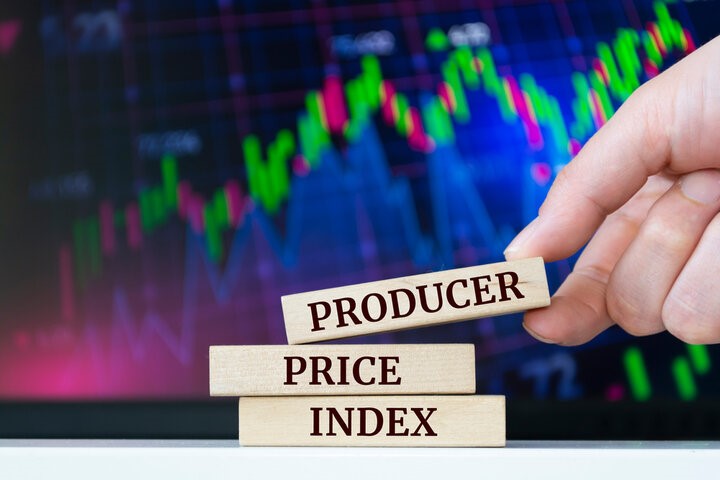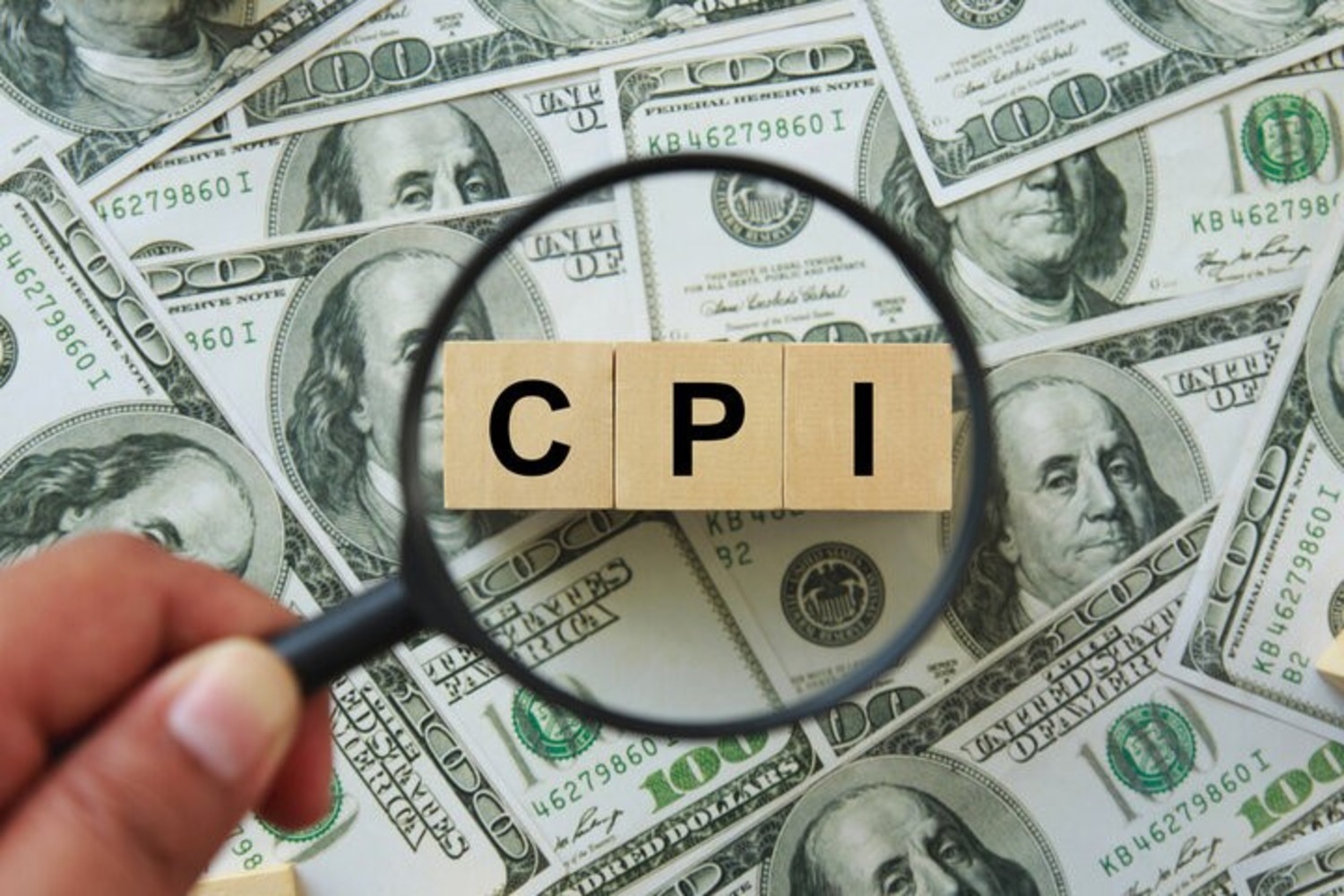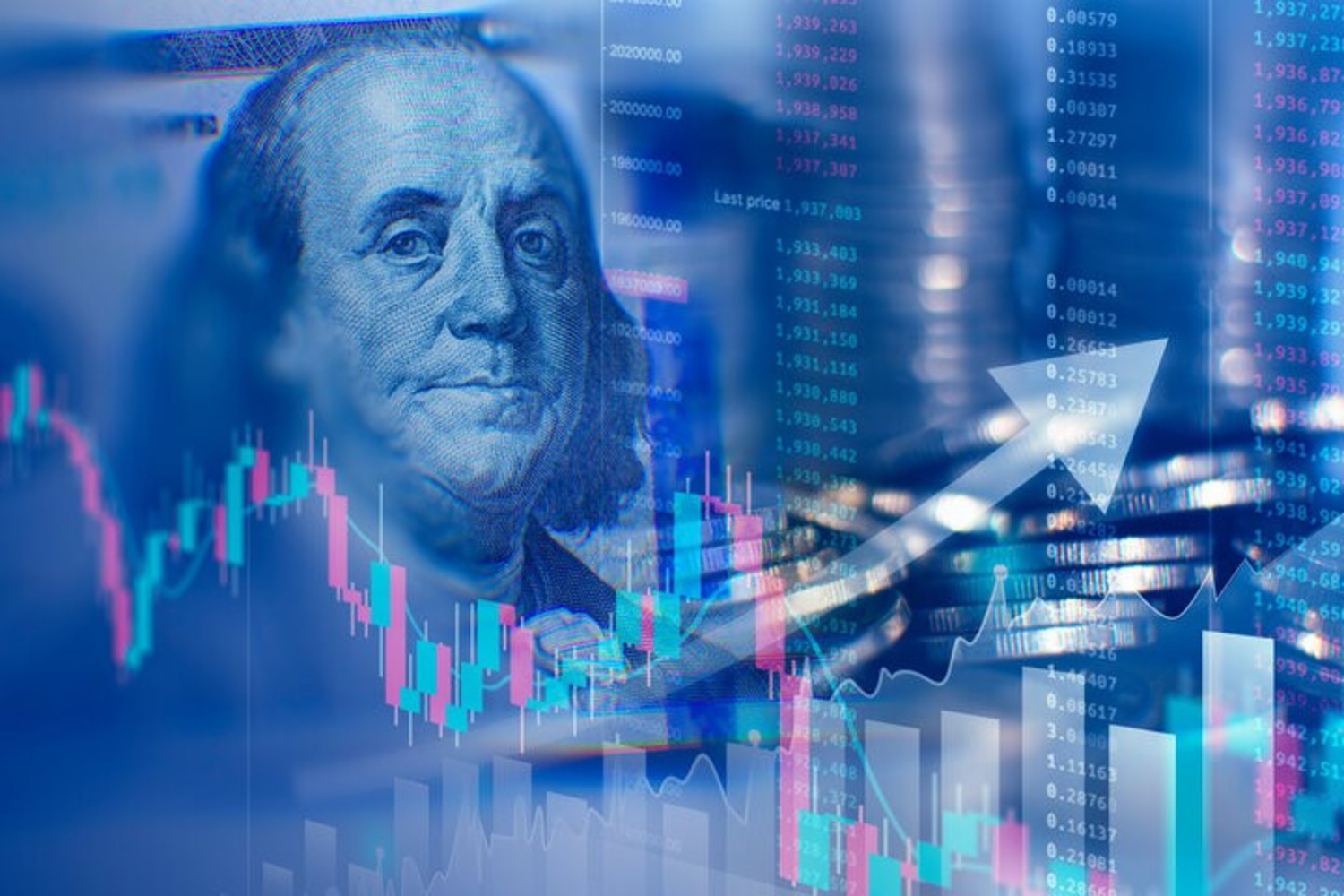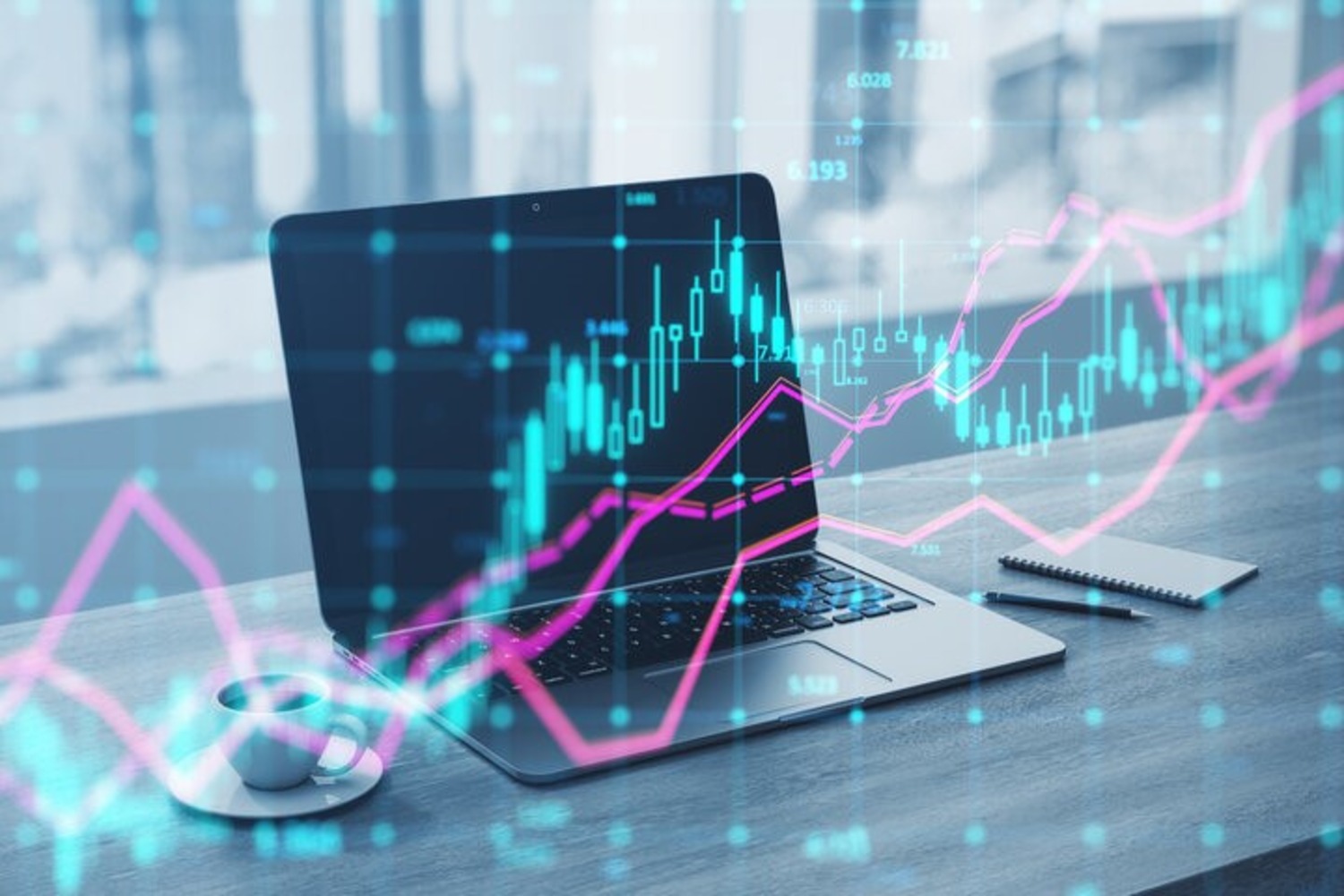Futures trading, a highly leveraged and speculative market, involves predicting the price movements of various assets, including commodities, indices, and financial instruments, at a future date. To make informed trading decisions, traders rely on a multitude of economic indicators, among which the Consumer Price Index (CPI) and the Producer Price Index (PPI) are two of the most crucial. These indicators provide insight into inflationary trends within the economy, which can significantly influence futures prices. This essay explores the history and importance of the CPI and PPI reports, their impact on the economy, and how they can be leveraged in futures trading.
The History and Significance of the CPI and PPI
Consumer Price Index (CPI)
The Consumer Price Index (CPI) is a measure that examines the weighted average of prices of a basket of consumer goods and services, such as transportation, food, and medical care. The CPI is one of the most widely used indicators of inflation, which reflects the purchasing power of a country’s currency.
The origins of the CPI date back to World War I when the U.S. government sought to track the cost of living for workers to adjust wages accordingly. The first official CPI was published in 1919 by the U.S. Bureau of Labor Statistics (BLS). Since then, it has evolved into a comprehensive measure of price changes that affect consumers. The CPI is typically released monthly by the BLS and is used not only to measure inflation but also to adjust salaries, pensions, and social security benefits, and to guide monetary policy decisions.
The CPI represents two main indices:
- CPI-U (Consumer Price Index for All Urban Consumers): This index covers approximately 93% of the total U.S. population and is often referred to when discussing inflation figures.
- CPI-W (Consumer Price Index for Urban Wage Earners and Clerical Workers): This index is a subset of CPI-U, covering about 29% of the population, primarily focused on wage earners and clerical workers.
Producer Price Index (PPI)

The Producer Price Index (PPI), formerly known as the Wholesale Price Index (WPI), measures the average change over time in the selling prices received by domestic producers for their output. Unlike the CPI, which measures price changes from the perspective of consumers, the PPI measures them from the seller’s perspective.
The PPI’s roots can be traced back to the late 19th century. The first index was published in 1890 by the Bureau of Labor, the predecessor of the Bureau of Labor Statistics. The PPI has undergone several revisions since its inception, evolving into a more sophisticated tool that covers a broad range of industries, including manufacturing, agriculture, mining, and energy.
The PPI is composed of three main indexes:
- Industry Index: Measures price changes at the industry level.
- Commodity Index: Tracks price changes for raw materials and intermediate goods.
- Stage of Processing (SOP) Index: Measures price changes at different stages of production, from raw materials to finished goods.
What the CPI and PPI Mean for the Country and the Economy
Understanding the CPI’s Role in the Economy
The CPI serves as a key barometer of inflation and cost of living adjustments. Inflation, measured by the CPI, reflects how much more (or less) consumers are paying for goods and services compared to previous periods. High inflation indicates rising prices, which can erode purchasing power and lead to higher interest rates as central banks, like the Federal Reserve, may intervene to stabilize the economy.
The CPI also plays a crucial role in adjusting salaries, pensions, and government benefits. For instance, social security payments are indexed to the CPI, ensuring that benefits keep pace with inflation. Additionally, the CPI influences tax brackets, which are adjusted annually to prevent inflation from pushing taxpayers into higher brackets—a phenomenon known as “bracket creep.”
For the broader economy, the CPI impacts consumer spending, which accounts for approximately 70% of the U.S. GDP. When inflation is high, consumers may reduce spending, leading to slower economic growth. Conversely, low inflation or deflation can encourage spending and investment, boosting economic activity.
Understanding the PPI’s Role in the Economy
The PPI provides critical insight into the cost pressures faced by producers. Rising PPI figures suggest that producers are facing higher costs for raw materials and other inputs, which they may pass on to consumers in the form of higher prices, ultimately reflected in the CPI. This “cost-push” inflation can lead to a cycle of rising prices throughout the economy.
The PPI is particularly important for understanding the health of the manufacturing sector and other industries that rely on raw materials. For example, a sharp increase in the PPI for oil and gas can signal rising energy costs, which can affect a wide range of industries, from transportation to manufacturing.
The PPI is also a leading indicator of inflation, often signaling future changes in the CPI. If producers are paying more for inputs, consumers can expect to see higher prices for finished goods in the coming months. This relationship makes the PPI a valuable tool for predicting inflationary trends and their potential impact on the economy.
The Influence of CPI and PPI on Futures Trading
Futures trading involves speculating on the future price of assets such as commodities, currencies, indices, and interest rates. Traders use economic indicators like the CPI and PPI to anticipate price movements and make informed trading decisions. The relationship between these indicators and futures markets is complex and multifaceted, involving considerations of inflation, interest rates, and market sentiment.
CPI and Futures Trading
The CPI is a critical indicator for futures traders, particularly those involved in trading interest rate futures, bond futures, and equity index futures, such as the E-mini S&P 500 futures. Inflation, as measured by the CPI, directly influences interest rates, which in turn affect the pricing of these futures contracts.
- Interest Rate Futures: Higher-than-expected CPI figures often lead to expectations of interest rate hikes by central banks. When inflation rises, central banks may increase interest rates to cool down the economy. Traders anticipating higher interest rates may short interest rate futures, expecting their prices to fall.
- Bond Futures: Inflation erodes the value of fixed-income securities like bonds. As the CPI rises, bond prices tend to fall because the fixed interest payments become less attractive compared to the rising cost of living. Futures traders may short bond futures in anticipation of declining bond prices due to higher inflation.
- Equity Index Futures: The relationship between CPI and equity index futures, such as E-mini S&P 500 futures, is more nuanced. On the one hand, high inflation can squeeze corporate profit margins, leading to lower stock prices. On the other hand, companies with strong pricing power may be able to pass on higher costs to consumers, mitigating the impact of inflation. Traders need to consider the broader economic context when trading equity index futures based on CPI data.
PPI and Futures Trading
The PPI is equally important for futures traders, especially those trading commodity futures, such as crude oil, agricultural products, and industrial metals. The PPI provides insight into the cost structure of production, which can influence the supply and pricing of commodities.
- Commodity Futures: Rising PPI figures for commodities like crude oil, metals, and agricultural products can signal increasing costs for producers. This may lead to higher prices for the underlying commodities, providing an opportunity for futures traders to go long on these contracts. Conversely, a declining PPI may indicate falling commodity prices, prompting traders to short these futures contracts.
- Inflation Expectations: The PPI is also a leading indicator of future inflation, as higher production costs eventually translate into higher consumer prices. Traders who anticipate rising PPI figures may position themselves accordingly in interest rate futures, bond futures, and currency futures, expecting inflation to accelerate.
- E-mini Futures: The PPI can influence equity index futures, such as E-mini S&P 500 futures, by signaling cost pressures on companies within the index. If rising PPI figures suggest that companies are facing higher input costs, traders may anticipate lower corporate earnings and short E-mini futures. Conversely, stable or declining PPI figures may indicate a favorable environment for corporate profitability, leading traders to go long on these futures contracts.
E-mini Futures and Inflation Trends
E-mini futures are popular contracts among traders due to their liquidity and the leverage they offer. The E-mini S&P 500 futures, for instance, allow traders to speculate on the future value of the S&P 500 index, which is composed of 500 large-cap U.S. companies. Given that these companies operate across various sectors of the economy, the CPI and PPI reports can have a broad impact on E-mini futures trading.
- Impact of CPI on E-mini Futures: A higher-than-expected CPI can lead to expectations of tighter monetary policy, which may negatively affect stock market performance. In such scenarios, traders might short E-mini S&P 500 futures in anticipation of a market downturn. Conversely, a lower-than-expected CPI can be bullish for the market, leading traders to go long on E-mini futures.
- Impact of PPI on E-mini Futures: The PPI can provide early signals about cost pressures faced by companies within the S&P 500 index. Rising PPI figures might indicate that companies will see squeezed profit margins, which can negatively impact stock prices. In this case, traders might short E-mini futures. If the PPI suggests that production costs are stable or declining, it could be a positive sign for corporate earnings, leading traders to go long on E-mini futures.
Leveraging CPI and PPI Reports in Futures Trading Strategies
For futures traders, the key to successfully using CPI and PPI reports lies in understanding the broader economic context and how these indicators interact with other market forces. Below are some strategies for leveraging these reports in futures trading:
- Monitoring Trends Over Time
Instead of reacting to a single CPI or PPI report, traders should monitor trends over time. Consistent increases in the CPI or PPI can signal a sustained inflationary trend, prompting traders to adjust their positions in interest rate futures, bond futures, and commodity futures accordingly. Conversely, a stable or declining trend might indicate a more benign inflation environment, leading to different trading strategies.
- Combining CPI and PPI with Other Indicators
CPI and PPI reports should not be viewed in isolation. Successful futures traders combine these reports with other economic indicators, such as employment data, GDP growth, and central bank statements, to get a more comprehensive view of the economy. For example, if the CPI is rising but unemployment is also increasing, the central bank may be less inclined to raise interest rates, affecting how traders approach interest rate futures.
- Using CPI and PPI for Sector-Specific Trading
Traders can use the CPI and PPI to inform sector-specific futures trading strategies. For example, rising PPI figures in the energy sector might prompt traders to go long on crude oil futures. Similarly, a rising CPI driven by food prices might influence trading decisions in agricultural futures. Sector-specific analysis allows traders to capitalize on price movements in specific commodities or industries.
- Adapting to Market Sentiment
Market sentiment plays a crucial role in how CPI and PPI reports impact futures prices. Even if the CPI or PPI data is in line with expectations, the market’s reaction can be unpredictable. Traders need to be aware of market sentiment and be prepared to adapt their strategies quickly. For instance, if the market perceives a higher-than-expected CPI as a sign of economic strength, equity index futures might rally despite the inflationary implications.
- Using Stop-Loss and Take-Profit Orders
Given the volatility that can arise from CPI and PPI reports, traders should consider using stop-loss and take-profit orders to manage risk. These orders can help traders protect their positions from adverse market movements and lock in profits when the market moves in their favor.
The CPI and PPI reports are invaluable tools for futures traders, providing crucial insights into inflationary trends and cost pressures within the economy. By understanding the history and significance of these indicators, traders can make more informed decisions when trading futures contracts, particularly those related to interest rates, bonds, commodities, and equity indices like the E-mini S&P 500.
However, successful futures trading requires more than just analyzing CPI and PPI data. Traders must also consider the broader economic context, monitor trends over time, and adapt to market sentiment. By integrating CPI and PPI analysis into a comprehensive trading strategy, traders can better navigate the complexities of the futures market and enhance their chances of success.
To open an account with E-Futures.com, please click here.
Ready to start trading futures? Call US 1(800)454-9572 – Int’l (310)859-9572 email info@cannontrading.com and speak to one of our experienced, Series-3 licensed futures brokers and start your futures trading journey with E-Futures.com today.
Disclaimer – Trading Futures, Options on Futures, and retail off-exchange foreign currency transactions involves substantial risk of loss and is not suitable for all investors. Past performance is not indicative of future results. You should carefully consider whether trading is suitable for you in light of your circumstances, knowledge, and financial resources. You may lose all or more of your initial investment. Opinions, market data, and recommendations are subject to change at any time.
Important: Trading commodity futures and options involves a substantial risk of loss. The recommendations contained in this writing are of opinion only and do not guarantee any profits. This writing is for educational purposes. Past performances are not necessarily indicative of future results.
**This article has been generated with the help of AI Technology. It has been modified from the original draft for accuracy and compliance.
***@cannontrading on all socials.







